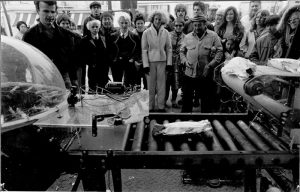Robotic Perception, by Paul Granjon, comprises special goggles, helmets, plus a small robot that allow users to experience what it’s like to perceive the universe as a robot would.
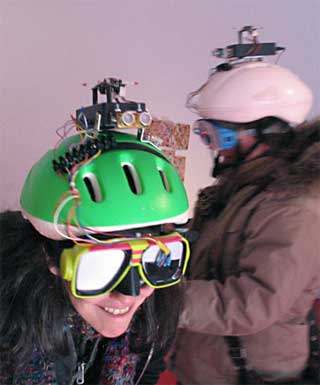
Final kit: the helmets are fitted with one ultra-sound sensor and an infra-red beacon, which are connected to LEDs in the goggles which are otherwise blind. The ultra-sound sensor provides information about the presence of obstacles ahead, while the IR beacon indicates if another robotic perception unit is present in the close environment.
When the sensors detect a robot, the corresponding diode lights up, and the participant can take the appropriate action, emulating the program of a robot.
The small autonomous mobile robot, fitted with the same sensors as the helmets, can also operate in the space and be detected by the participants.
The artist’s first attempt to re-create robotic perception by modifying a Female sexed robot is documented in the movie of the performance The heart and the chip.
More projects on modified perception (any suggestion is most welcome!):
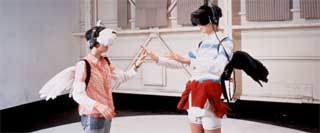
– Inter Dis-communication Machine allows two participants to exchange their visual perspectives, which forces them to see things the other person’s way.
– ROBORIADA, a video game-like performance where two Robo-Sapienses (human beings that pretend to be robots) fight for their right to live. They respond only to limited electronic sensors, have a camera instead of eyes, hear only the signal coming from the headphones and are manipulated by a human user.
– Carsten Höller‘s Upside Down Glasses (1993) that invert the visual field of view, and create various types of optical transformation such as inversion, displacement, reversal, magnification and scrambling occur that will foster a severely different notion of perceiving the world around the wearer (via).
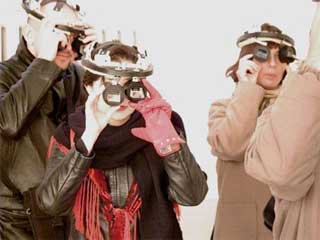
Höller references in this work an experiment carried out at the beginning of the twentieth century. George Stratton wore spectacles of this type for 8 days. After passing through intermediate stages, on the eighth day he saw everything as he did before wearing the glasses. He had adapted to the continuous process of adjustment that is part of sight, because the image on the retina is upside down before the brain deals with it. (via)
Also by Carsten Höller: Upside Down Mushroom Room.

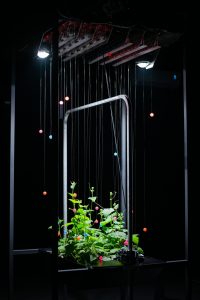
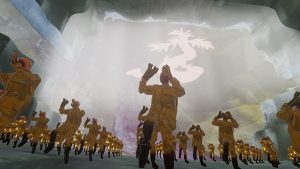
![7 art and tech ideas I discovered at Meta.Morf 2024 – [up]Loaded Bodies 7 art and tech ideas I discovered at Meta.Morf 2024 – [up]Loaded Bodies](https://we-make-money-not-art.com/wp-content/uploads/2024/05/53705969154_73dfdfea6f_c-300x200.jpeg)

